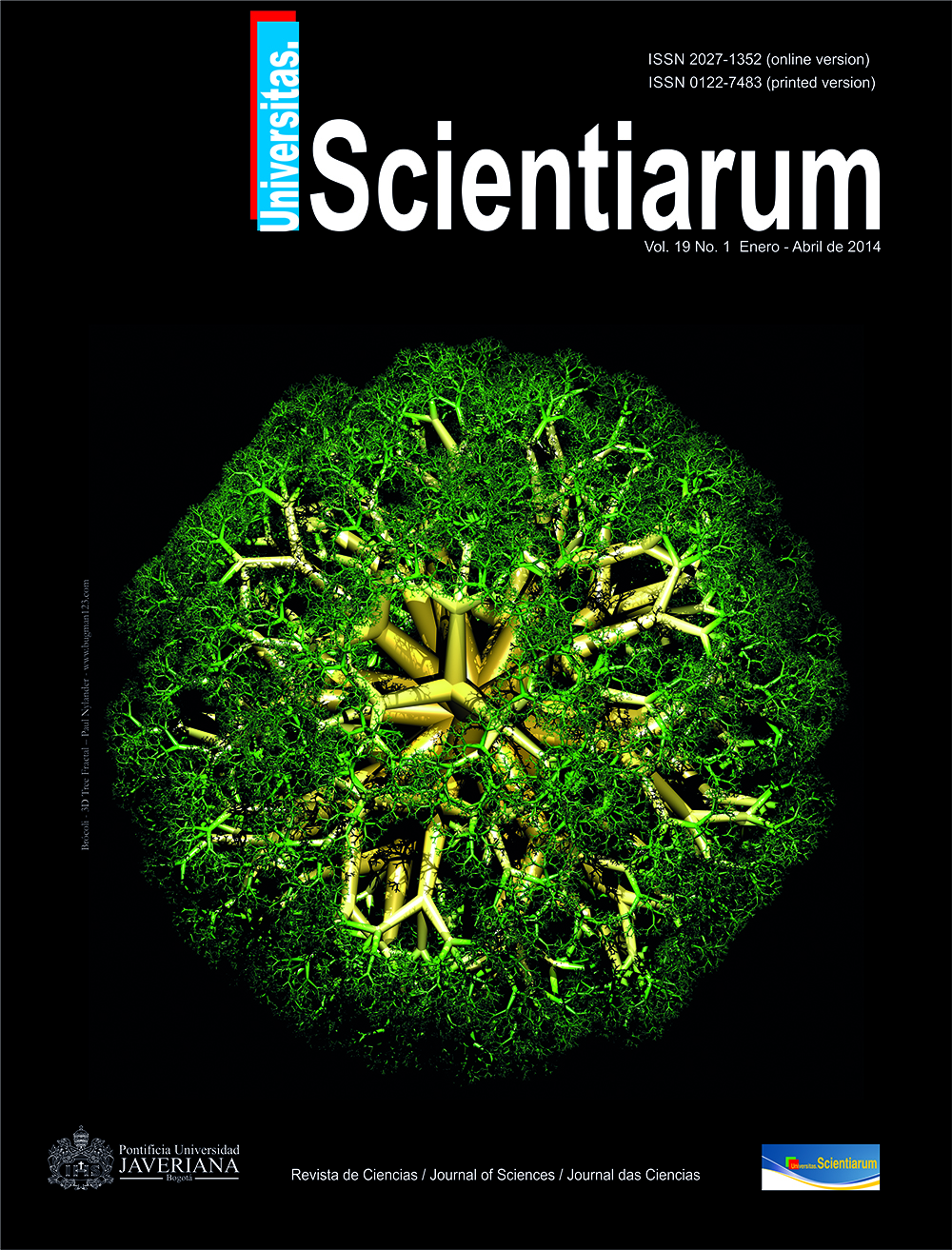Abstract
The frequency and expansion of cyanobacterial blooms have increased in coastal waters worldwide. These may be facilitated by excessive nutrient input and global warming, exerting negative consequences in marine ecosystems, communities and habitats. Although reports of cyanobacterial blooms are frequent, their causes, consequences and spatial extent are not completely understood, hence restricting regional management actions. From 2009 to 2012 we examined the spatial extent of cyanobacterial blooms in the reef systems off Providencia Island, Colombia. We also identified the main taxa involved in those blooms and evaluated bloom cover within substrate types. Blooms of benthic cyanobacteria consisted of complex microbial consortia belonging to the genera Okeania, Lyngbya, Symploca, Phormidium, Oscillatoria or Spirulina. Cyanobacteria were present in different ecosystems, geomorphological zones and substrate types, particularly at the northwest, east and southeast portions of the island. The soft bottoms, sea grasses and reef ecosystems around Providencia Island are subject to cyanobacterial blooms of varying intensity. There is a strong need to further study the frequency, scale and duration of these events to understand their impact on an ecosystem basis and on the services these provide.
Univ. Sci. is registered under a Creative Commons Attribution 4.0 International Public License. Thus, this work may be reproduced, distributed, and publicly shared in digital format, as long as the names of the authors and Pontificia Universidad Javeriana are acknowledged. Others are allowed to quote, adapt, transform, auto-archive, republish, and create based on this material, for any purpose (even commercial ones), provided the authorship is duly acknowledged, a link to the original work is provided, and it is specified if changes have been made. Pontificia Universidad Javeriana does not hold the rights of published works and the authors are solely responsible for the contents of their works; they keep the moral, intellectual, privacy, and publicity rights. Approving the intervention of the work (review, copy-editing, translation, layout) and the following outreach, are granted through an use license and not through an assignment of rights. This means the journal and Pontificia Universidad Javeriana cannot be held responsible for any ethical malpractice by the authors. As a consequence of the protection granted by the use license, the journal is not required to publish recantations or modify information already published, unless the errata stems from the editorial management process. Publishing contents in this journal does not generate royalties for contributors.



